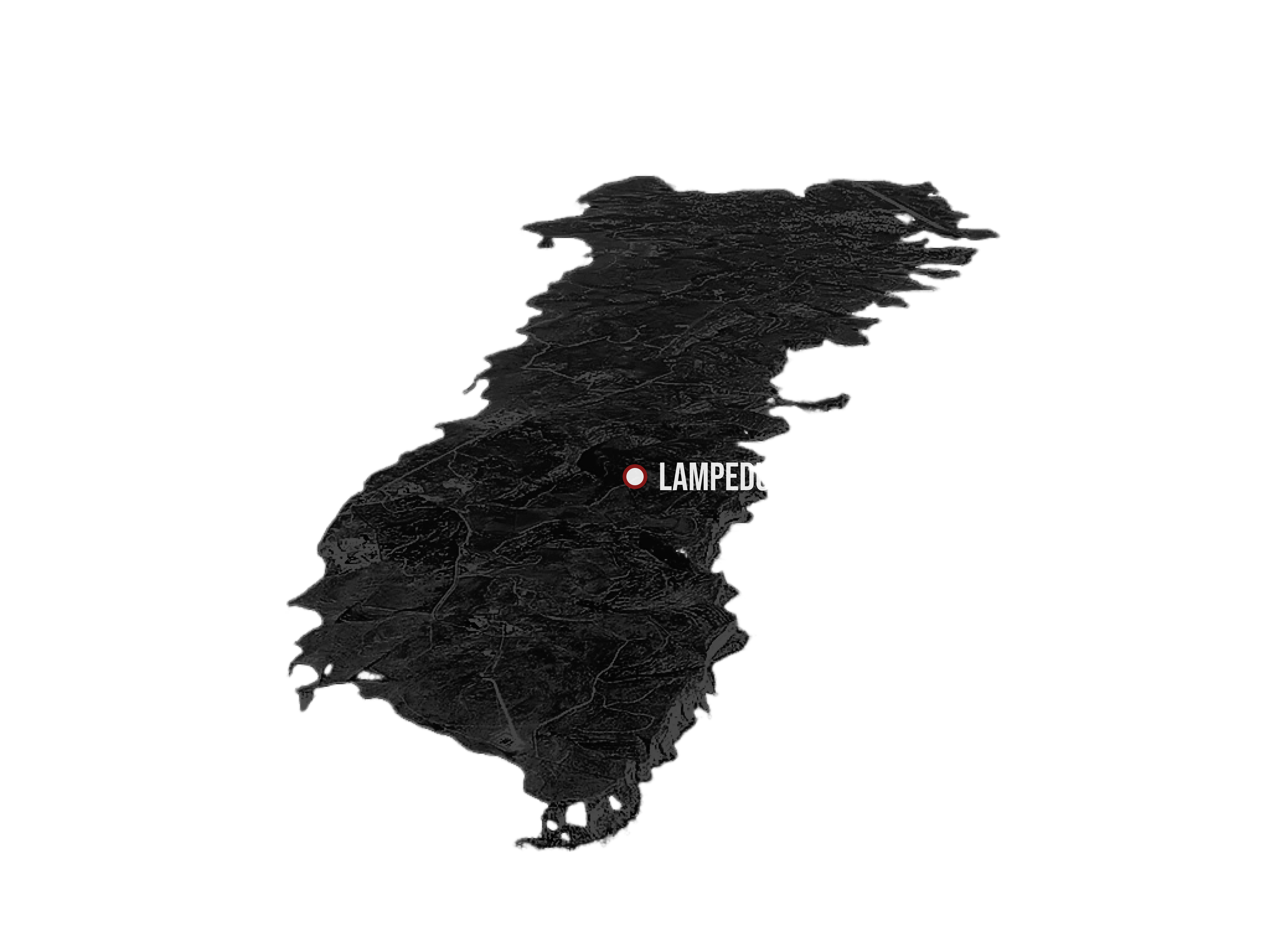The central Mediterranean has been a crossing point and a graveyard for years.
Each journey begins with hope, but not all end in safety.
Near the island of Lampedusa, the sea carries thousands of untold stories.
In 2013, one tragedy alone claimed over 360 lives just offshore.
More than a decade has passed since that day.
Yet boats still arrive — and others still vanish.
Some disappear far from help.
Others make it close, within sight of land, before fading like ripples on the sea.
What can these scattered traces tell us?
And what stories lie just beneath the surface?
